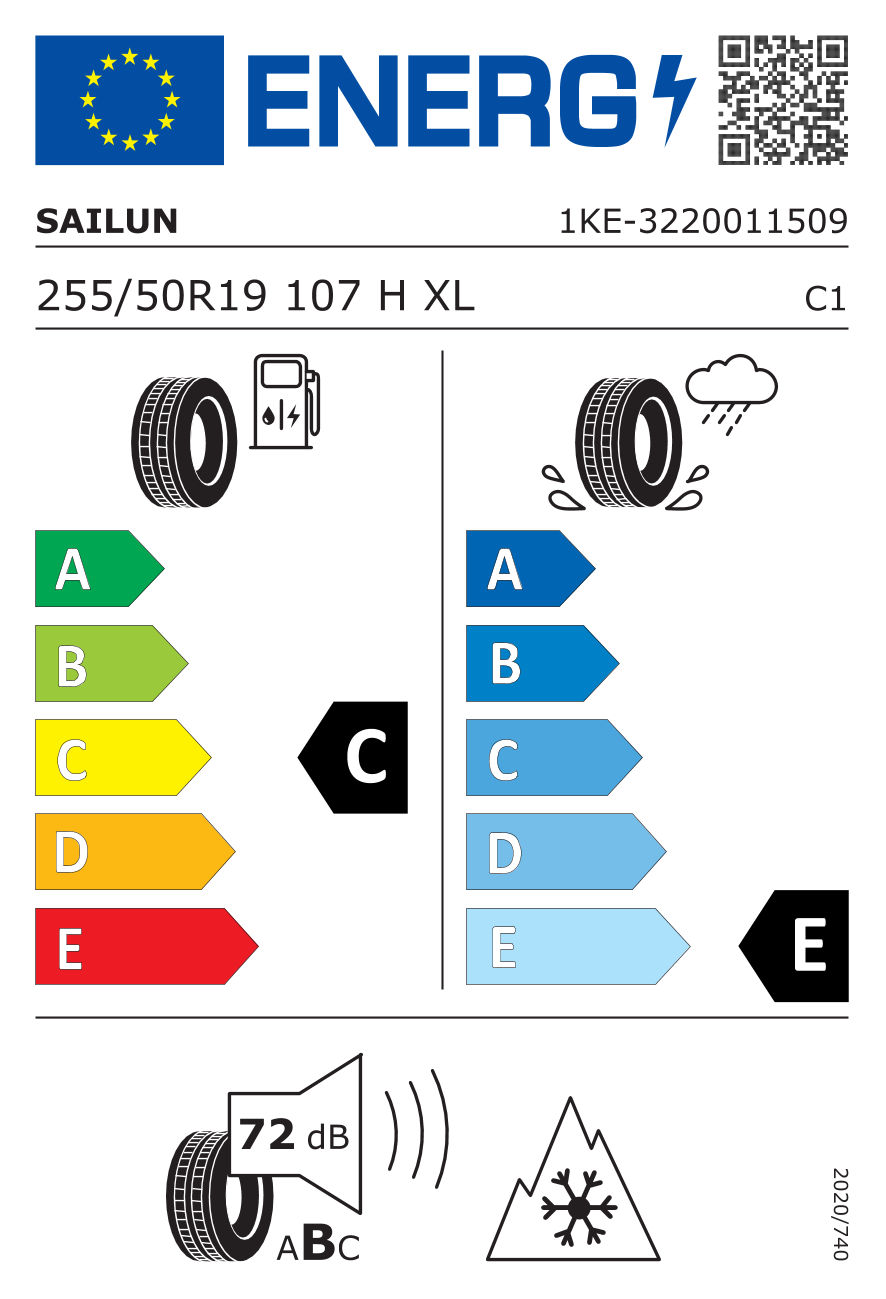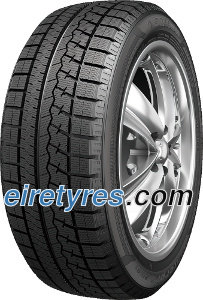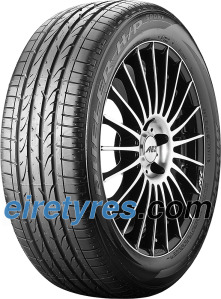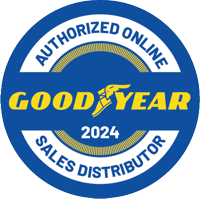Sailun Ice Blazer Arctic 255/50 R19 107H XL



Sailun
Ice Blazer Arctic
255/50 R19 107H XL
Add product to compare












